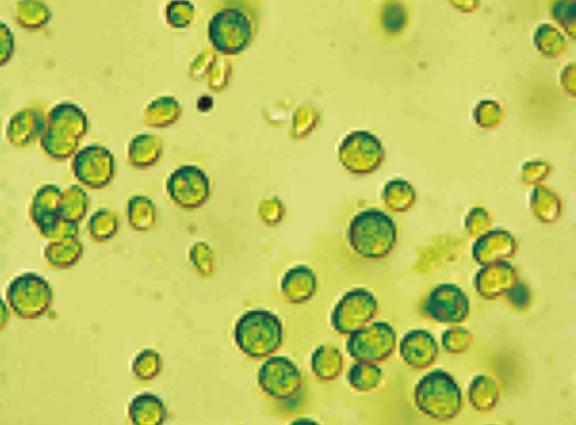Sample preparation is an important step required in many biological techniques such as PCR, gel-electrophoresis, DNA sequencing, etc. Accordingly, proper sample preparation, from simple to complex samples, is an important technique in the biomedical and research field. Current methods are not highly effective in excluding exogenous free-floating nucleic acids for the samples. In addition, they rely on mechanical and/or affinity-based filtration, require long processing times, and can be very expensive. Therefore, new approaches to properly exclude free-floating nucleic acids from complex samples are required. The technology described here presents a high-throughput method for DNA/RNA exclusion/purification using isotachophoresis without the need of a filter system.
LLNL researchers have created a method that uses isotachophoresis for the exclusion and or purification of nucleic acids. Isotachopheresis (ITP) is an electrophoretic separation technique that leverages a heterogeneous buffer system of disparate electrophoretic mobilities. The researchers created a transverse ITP system that offers high-throughput sample preparation as the amount of sample that can be processed is not limited by an initial confined sample plug as in a traditional ITP system. With a judicious choice of electrolytes and some knowledge of electrophoretic mobilities of the samples to be separated, the transverse ITP system can be used to isolate DNAs from the mixture of viruses, cells, and other electrolytes in a filter-free approach. The technology can also be used on both MEMS (or chip-based) and capillary-based microfluidic systems.
The figure represents a schematic of the steps involved in a transverse ITP system. (a) Two streams respectively contain the leading electrolyte and a mixture of the trailing electrolyte and sample electrolytes are introduced in the microchannel by a pressure-driven flow. (b) An electric field is applied perpendicular to the axial direction of the microchannel, leading the ITP process. At a downstream of the microchannel, sample ions are separated based on their electrophoretic mobilities. (Xi) sample ions, (LE) leading electrolyte, (TE) trailing electrolyte.
- High-throughput method for DNA/RNA purification
- Eliminates the need for a filter to remove free-floating nucleic acid
- Can be used on both MEMS (chip-based) and capillary-based microfluidic systems
- Low cost and shorter processing time
- Sample purification and preparation for:
- PCR
- Gel-electrophoresis
- DNA sequencing
- Single cell sequencing
- Biomedical field
LLNL has obtained a patent (US Patent 9,285,340) covering this technology (LLNL Internal Case # IL-11948)


